Pomeranian
The Pomeranian, popularly known as Pom is a Spitz breed which emerged in the Pomerania region (north-east Germany, north-west Poland) of Central Europe. This sturdy, healthy dog with its cute, adorable looks was a highly sought-after breed by the royals in the past and the legacy of its popularity continues to the present time with the Pom ranking among the fifty famous breeds in the United States since the past two decades.
Pomeranian Pictures



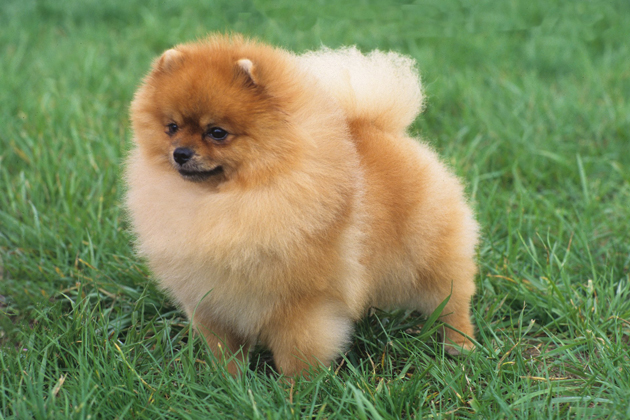

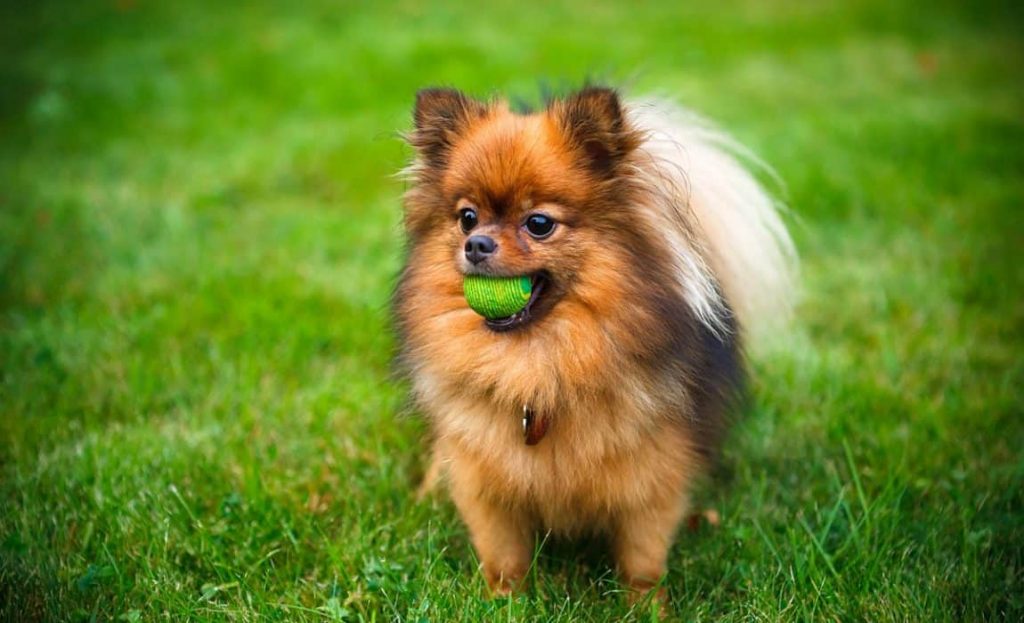
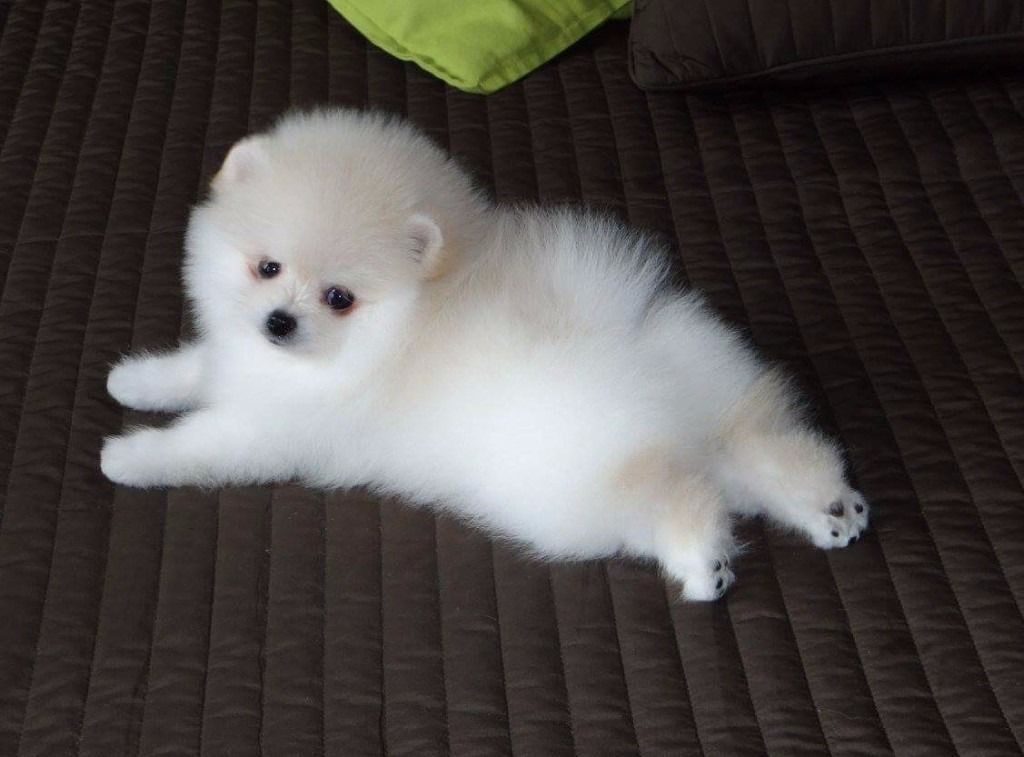
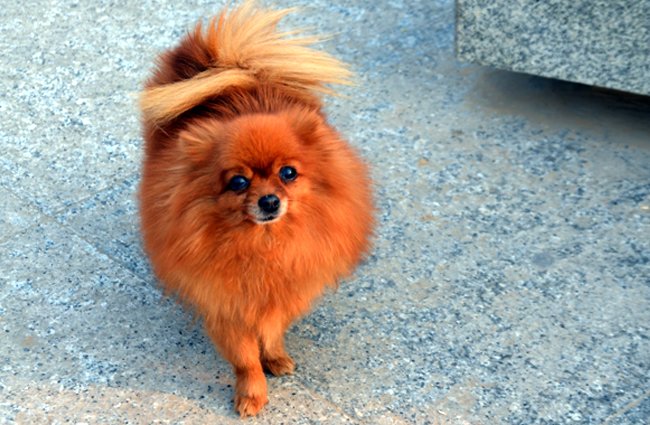
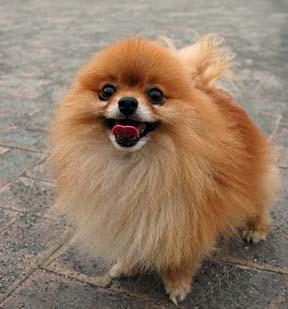
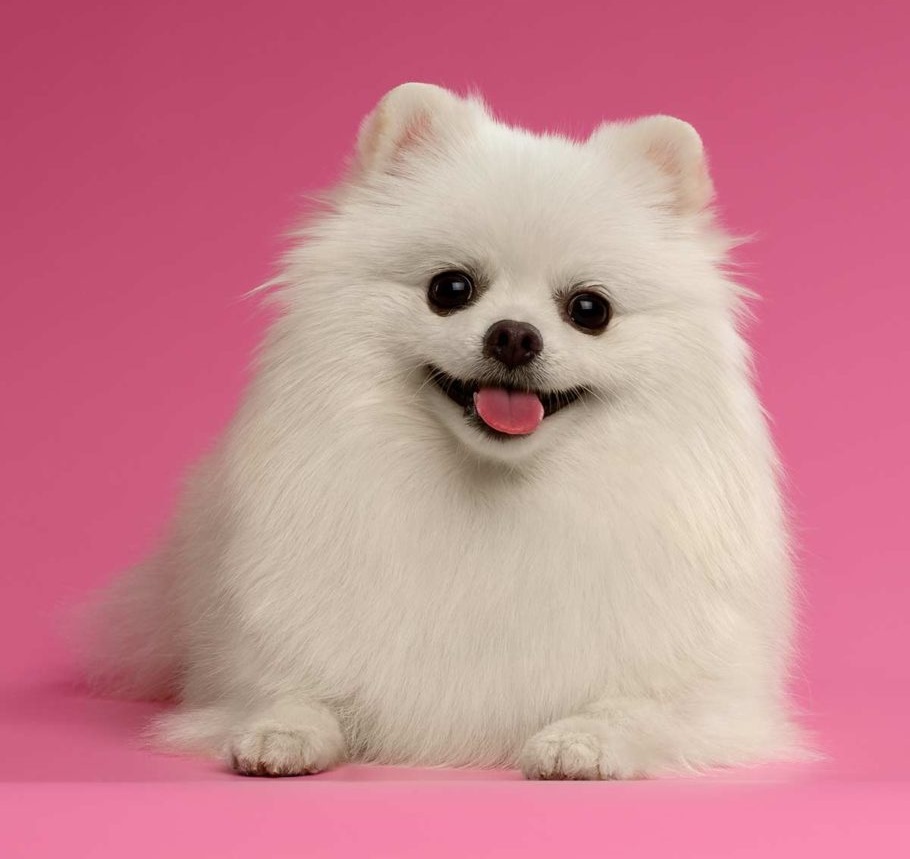
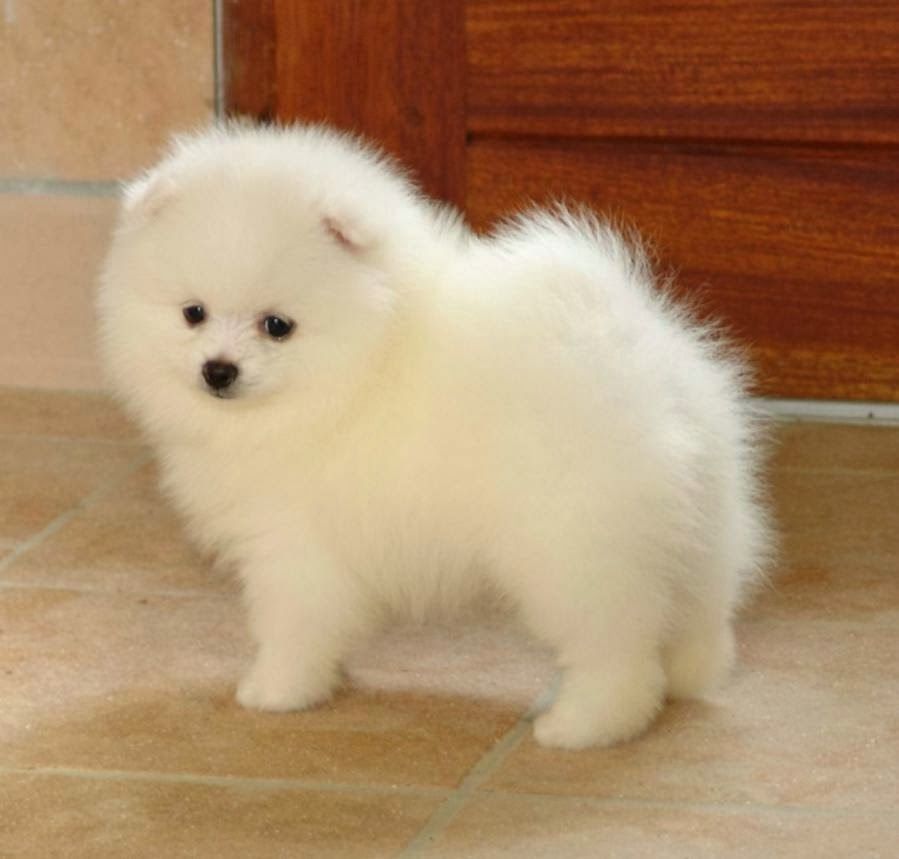
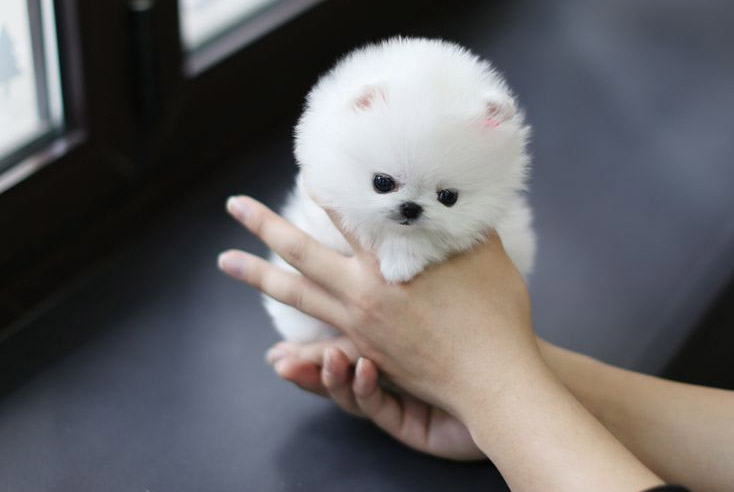
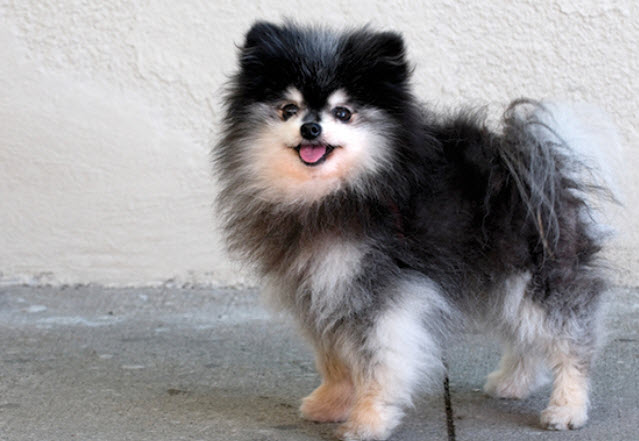


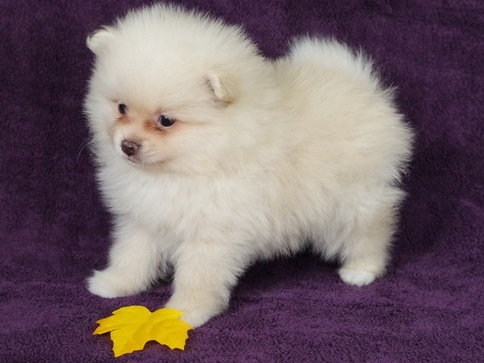
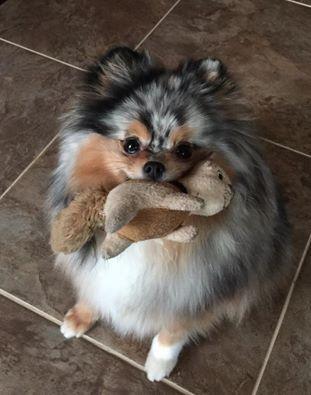
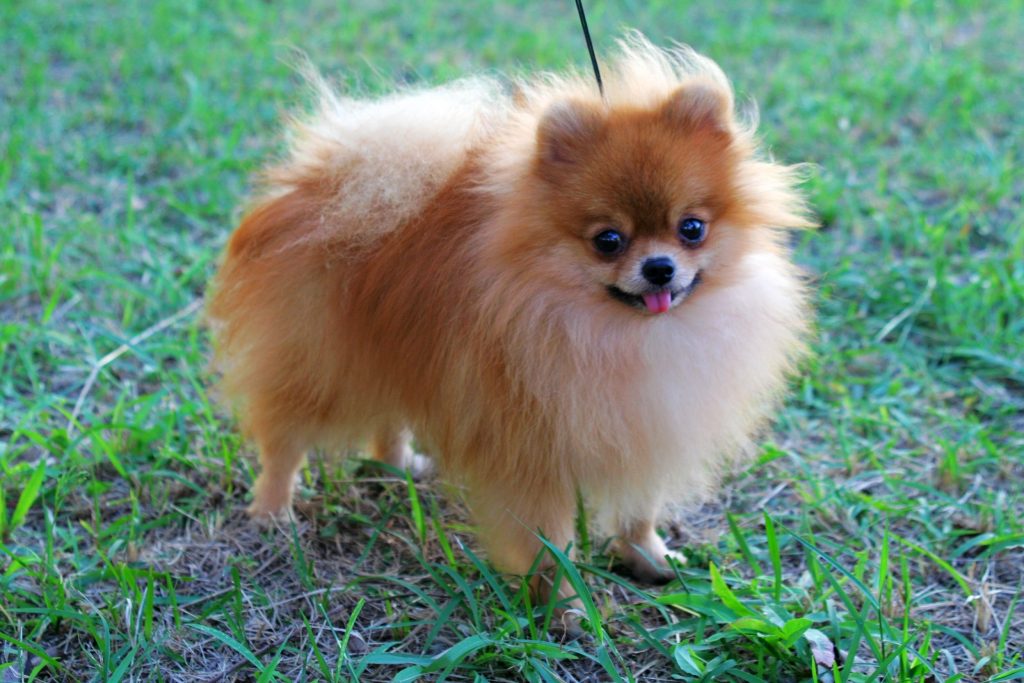
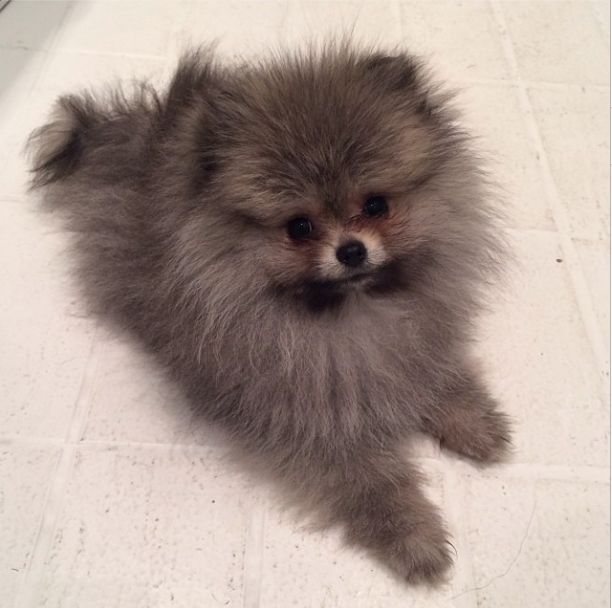
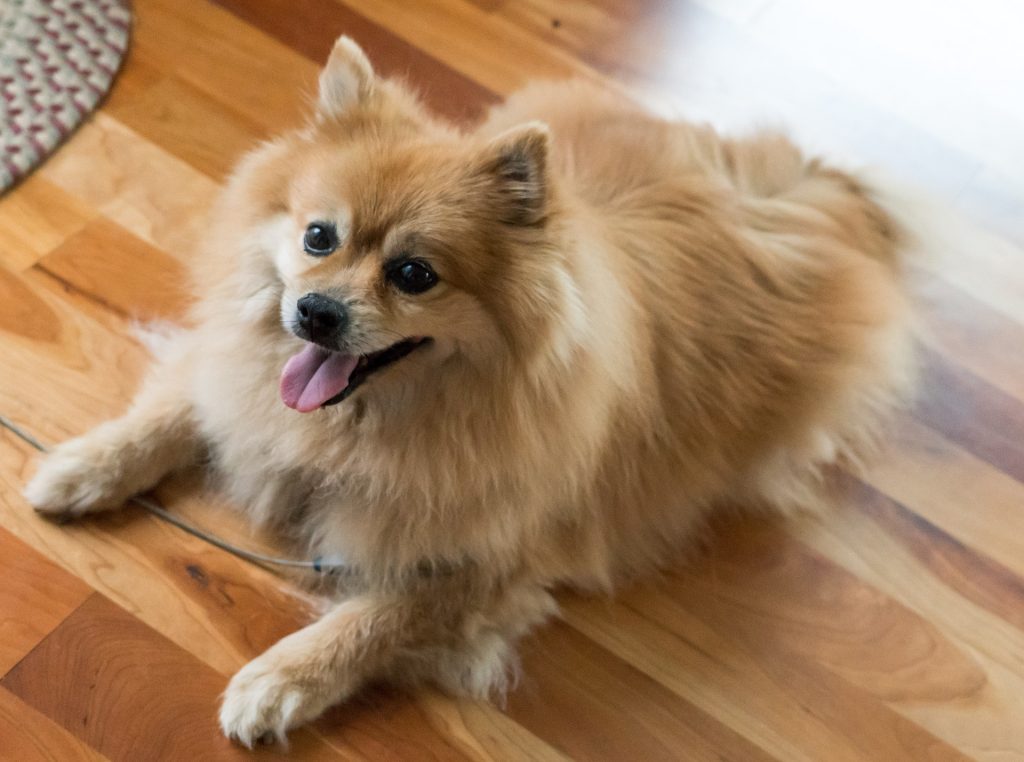
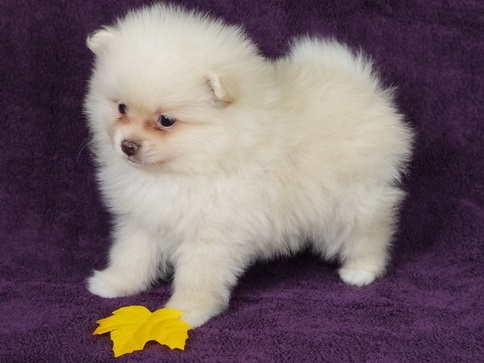

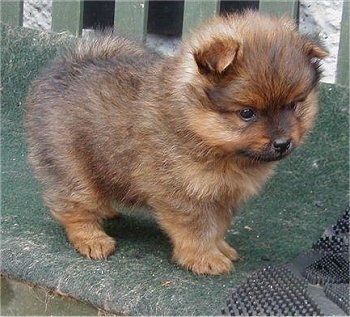

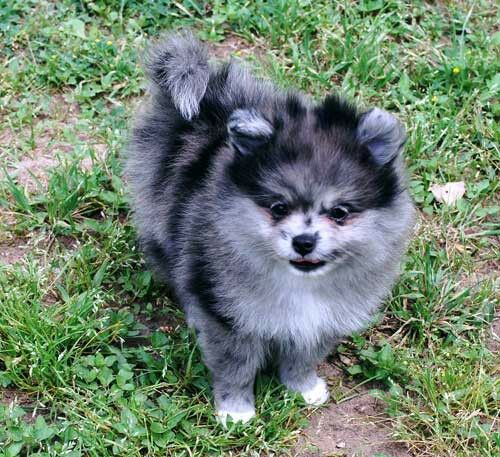
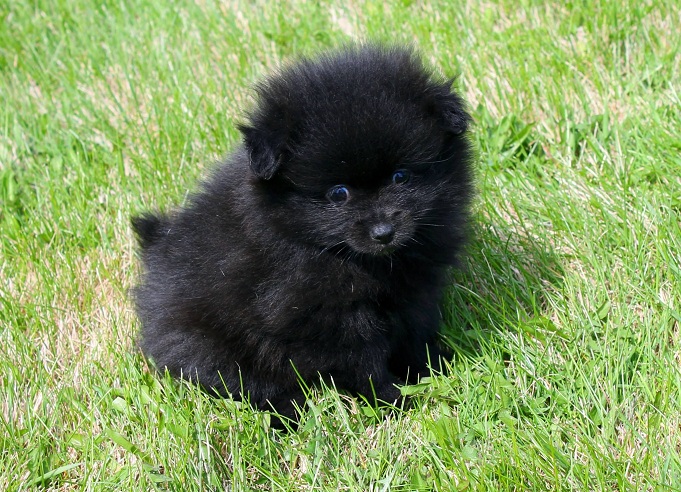
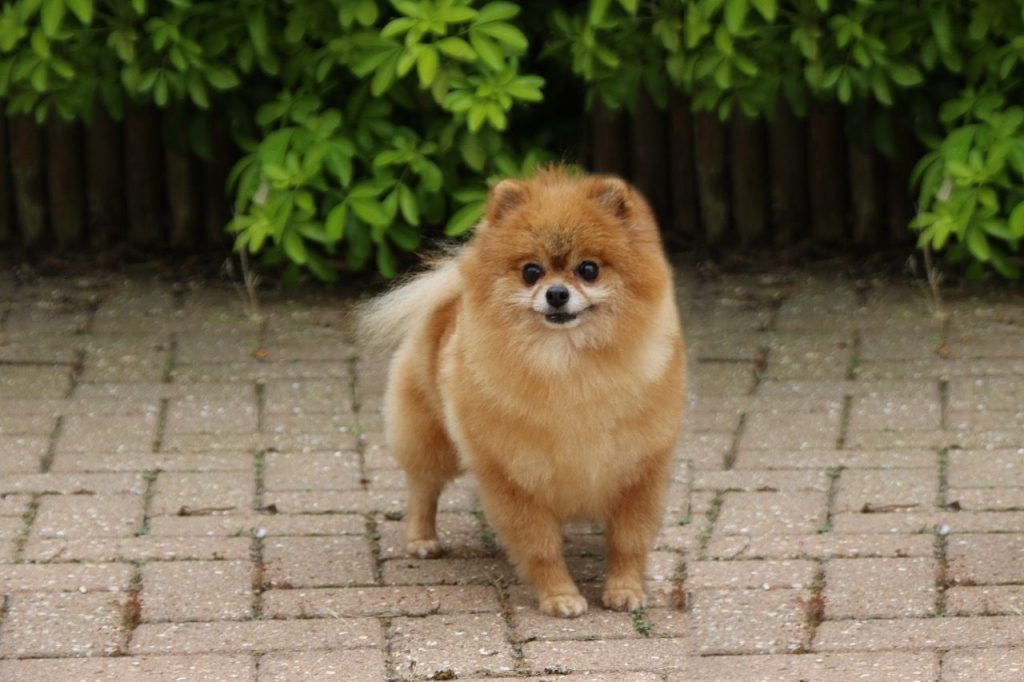
Quick Information
| Other Names | Deutscher Spitz, Zwers, Zwergspitz |
| Common Nicknames | Tumbleweed, Pompom, Pom |
| Coat | Double coat: Undercoat: Short, soft and dense; Outer coat: Long, full, harsh and straight |
| Color | Black, blue, black and tan, blue and tan, chocolate, blue merle, blue sable, cream, chocolate and tan cream sable, orange, red, orange sable, red sable, white, tri-color, chocolate sable, chocolate merle, black and brindle |
| Breed type | Purebred |
| Group | Toy dog , Spitz breed, Companion breed |
| Average life span | 12 to 18 years |
| Size | Small |
| Height | 6 to 7 inches |
| Weight | 3 to 7 pounds |
| Litter size | 1 to 5 puppies |
| Behavioral characteristics | Lively, playful, friendly, lively, inquisitive and bold |
| Good with children | Yes (older ones) |
| Barking tendency | Excessive |
| Climate compatibility | Adapts well to cold weather but cannot withstand excessive heat |
| Shedding | Moderate |
| Are they hypoallergenic | No |
| Competitive Registration Qualification/ Information | AKC, FCI, CKC, ANKC, UKC, NZKC, KC (UK) |
| Country | Pomerania (modern day Germany and Poland) |
What does a Pomeranian Look Like
This compact, well-built breed with appealing facial features is characterized by the distinctive physical traits enumerated as follows:
Head: It is in perfect conformity to its body, being broad behind and tapering up to the nose, forming a wedge.
Face: Several face types of the Pomeranian has been spoken about, though its alert, intelligent expression, makes this breed look like a fox.
Ears: They are small and well set, standing erect.
Eyes: It has almond-shaped eyes, fitting well into its skull, being medium-sized bright and dark.
Muzzle: The Poms have a muzzle which is short and straight in appearance.
Tail: It is heavily plumed, flat and well-set, lying straight on its back.
Video of a Pomeranian Puppy
History and Origin
The ancestors of the Pomeranian were working dogs indigenous to the Arctic Circle. Certain breeds like the Samoyed, Schipperke, Norwegian Elkhound, American Eskimo Dog and German Spitz are said to be their close cousins, all of them being similar to one another in terms of their furred coats, wedge-shaped head and prick ears.
Smallest among all spitz varieties, their elegant, and dainty appeal made them an immense favorite among the royals particularly during the 18th century. Queen Victoria who herself was a dog enthusiast showed an immense fascination towards this breed, and strove hard to improve their standard. Windsor’s Marco, one of her sought-after Poms weighed just 12 lb and when exhibited in 1891 it attained immense popularity, following which breeders were seen drawn towards the small-sized Poms for breeding. The Queen took initiatives towards promoting and improving this breed and went on to import only the small-sized varieties. In fact, during her time the Pom’s size was said to be reduced to about 50% than what it originally was. Besides Queen Victoria, other royal owners included Josephine de Beauhamais (French kind Napoleon I’s wife), and George IV the King OF England.
In 1891, the first club for this breed had been set up in England, while it gained popularity in the United States a little later, achieving AKC’s recognition in 1900. It has been consistently popular in the United States ranking among the top 20 breeds till 1998, which however fell in 2015 and 2016-2017 where its position slipped to 21 and 22 respectively.
Types of Pomeranian
Based on face type: Officially varieties of Pomeranian do not exist, though in accordance to facial features they have been categorized as:
- Fox-faced: Which indicates dogs having an alert, intelligent expression and a long muzzle.
- Teddy bear faced: Has a short skull, with the eyes located close to its nose fuller cheeks and a compact body.
- Doll-faced: Shorter in appearance.
Based on size:
Teacup Pomeranian: According to AKC, teacup Pomeranian is not a variety but again an attempt of breeders to downsize the Poms and enhance their cute, cuddly look, to attract buyers. They weigh less than 7 lbs and are prone to increased health problems thus having a shorter lifespan.
With the trend of designer dogs coming into being, the Pomeranian has been crossed with a whole lot of purebreds to create cute, adorable toy breeds that would show certain characteristic of them alongside the other dog that may be found in the list here.
Temperament and Personality
The playful, friendly, and lively Pomeranian is extrovert and smart in its approach. They are absolutely loyal to their masters bonding closely with them.
These little beings are known for their extremely alert nature, barking at the slightest change in the environment around them, thus emerging as great watchdogs. However, these alarm dogs are reputed for their excessive barking that may be annoying for people around and needs to be corrected by imparting proper training since their puppy days.
They emerge as perfect companions for the elderly and also get along well with children, particularly the older lot as little ones could handle these small, delicate dogs roughly. The Pom also shares a comfortable rapport with cats and other pets particularly if brought up with them, however, they end up showing their small dog syndrome when encountering bigger canines and should be kept at a safe distance from the latter.
Care
Exercise
These lap dogs have moderate exercise needs and would do well with brisk walks daily alongside sufficient playtime. They are known to be great escape artists, sneaking through small gaps in fences at the slightest available opportunity, hence the owner should be vigilant when taking the Poms out or allowing them to play in a fenced yard. Owing to their small size they could even be mistaken for squirrels or rabbits by birds of prey like owls and hawks, who could try attacking them. Hence, proper caution should be taken in this regard.
Grooming
These moderate shedders need to be brushed once or twice a week using a slicker and pin comb to keep their coat free of matts and tangles. Other hygiene needs include cleaning its eyes and ears using a moist cloth to keep any infections at bay, brushing its teeth as well as trimming its nails in a four to six week span. Bathe your Pom only when the need arises using a mild canine shampoo as well as conditioner.
Health Problem
Some of the common health problems in the Pomeranian include hip dysplasia, patellar luxation, collapsed trachea, Legg-Perthes disease as well as eye and dental ailments.
Training
The Pomeranian is intelligent and may respond well to training, however at the same time it has a streak of stubbornness which could make things challenging, thus requiring a firm master to handle it tactfully.
Socialization : This is of utmost importance and must be given to the Pomeranian puppies so that they are acquainted with a host of experiences both the good and the bad and would understand when to alert their master and when not to. This may even prevent them from barking unnecessarily at the slightest stimulation.
Obedience: Because of their tendency to bark excessively and also keeping their stubborn nature in check, it is highly essential to train them to follow commands such as “No”, “Stop” and “Stay”.
Leash: Leash training is a mandate as they have a tendency to escape at the slightest available opportunity.
Feeding
According to the National Research Council of National Academies, an active, adult Pomeranian having a weight of about 10 pounds require 300-400 calories on a regular basis. They should be given good quality dry dog food having sufficient amount of protein (22% for puppies and 18% for adults) alongside a proper amount of fat (8% for puppies and 5% for adults).
- 1 pound puppy: ½ cup
- 3 pound puppy: 1 cup
- 5 pound puppy: 2 cups
- 6 pound puppy: 2.5 cups
For adults and seniors the quantity would vary in accordance to their activity levels and requirements.
How much does a Pomeranian cost
They are neither cheap nor high priced and their cost depends on several factors. On an average their price ranges between $600 and $1500, though they may be as high as $4000.
Interesting Facts
- In 1912, two of the three dogs to have survived drowning in the sinking Titanic were Poms.
- Queen Victoria’s pet Pomeranian, Turi guarded the ailing queen by sitting near her bed as she was counting her last days.
- Some celebrities owing Pomeranian include Nicole Richie, Kelly Osborne and LeAnn Rimes.
- A Pom stolen from the home of Daniel Sturridge, a soccer player in July 2019, was finally returned to him.






puppies are my hart